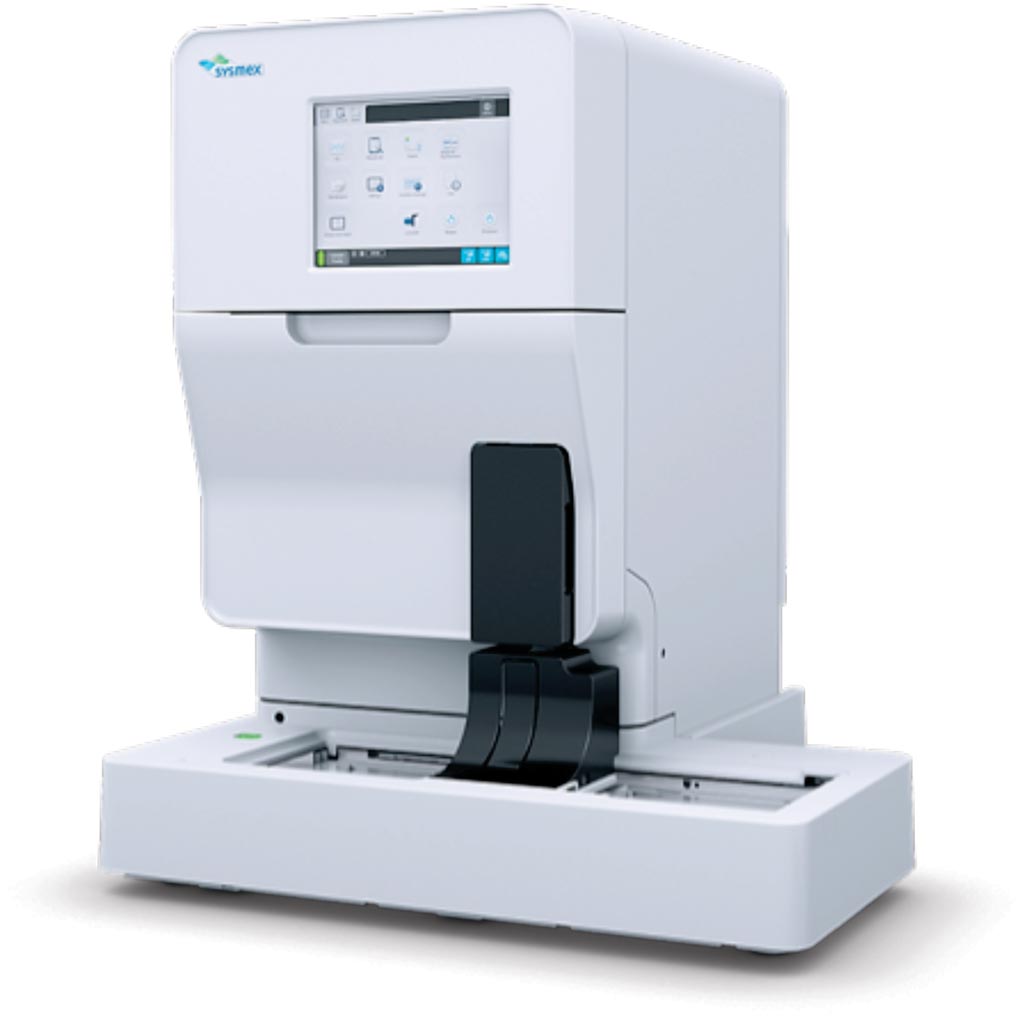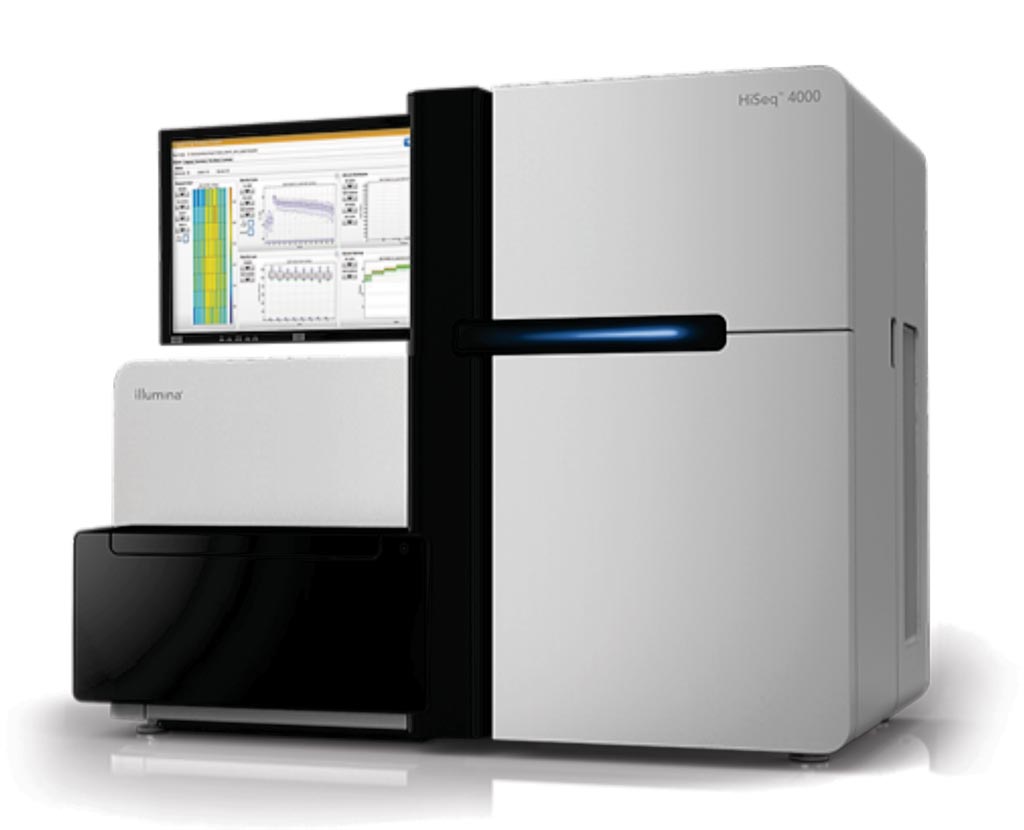Microbiology

Urine Test Detects River Blindness Filarial Worm
River blindness is a filarial disease, like elephantiasis, and occurs when the parasitic worm Onchocerca volvulus takes up residence in the skin. Adult worms deposit microfilaria at an alarming rate, which are ultimately re-spread by blackfly bites. More...11 Sep 2018


Performance of Blood Culture Molecular Panels Evaluated
High accuracy of direct identification of pathogens from positive blood culture molecular panels is imperative, particularly for the detection of resistance determinants as it allows for antimicrobial optimization prior to conventional susceptibility testing. More...06 Sep 2018


Simple Paper Test Detects False or Substandard Antibiotics
In the developing world, the manufacture and the distribution of substandard, non-legitimate medicines is widespread. It has been estimated that up to 10% of all drugs worldwide could be falsified with up to 50% of those some form of antibiotics. More...04 Sep 2018

Methods Discriminate Dengue Severity during Acute Infection
Dengue is the most widely distributed mosquito-borne human viral disease and represents a major public health burden globally. An estimated 390 million infections occur each year, of which around 100 million are symptomatic. More...03 Sep 2018

Persistent Trichomoniasis Infection Found in Pregnant Women
Trichomoniasis is a very common sexually transmitted disease (STD). It is caused by infection with a protozoan parasite called Trichomonas vaginalis. Although symptoms of the disease vary, most people who have the parasite cannot tell they are infected. More...29 Aug 2018
In Other News
POC Blood Test Can Help Prevent Toxoplasmosis
Lateral-Flow Assay Rapidly Detects Plague Bacteria
Coherent Fluctuation Nephelometry Used to Diagnose Bacteriuria
Time To Blood Culture Positivity Predicts Infective Endocarditis
Multiplex Testing Speeds Up CNS Infection Diagnosis
Immunochromatographic Test Rapidly Diagnoses Parasitic Infection
Diagnostic Accuracy in H. pylori Fecal Test Assessed
FDA Clears Diagnostic Assay for Group B Strep
Infections Defined in Urothelial Bladder Tumors
Molecular Tests Available for Multiple STIs
LAMP Accurately Screens for Malaria in Pregnancy
Bacterial Test Is Well-Suited for Mid-Sized Labs
Simple Blood Test Devised for Hepatitis B
Biomarker Discovered for Hypervirulent Pathogen
Potential Shortcoming of Antibiotic Lab Tests Determined
Two Viral Blood Screening Assays Get FDA Clearance
Female Bladder Bacteria Reveal Urogenital Microbiota
Rising Diagnosis of Viral Meningitis Is Often Delayed
Rapid Zika Detection Test Uses Smartphone Technology
New Method Can Quickly and Accurately Detect Infections
Variant CJD Diagnosed by Protein Misfolding Amplification
Saliva Specimens Diagnose Respiratory Virus by POC Assay
Loop-Mediated Isothermal Amplification Identifies Malaria Species
The LabMedica Microbiology channel provides the latest news in the fields of epidemiology, bacteriology, virology, and parasitology, all viewed from the unique perspective of Laboratory Medicine.











